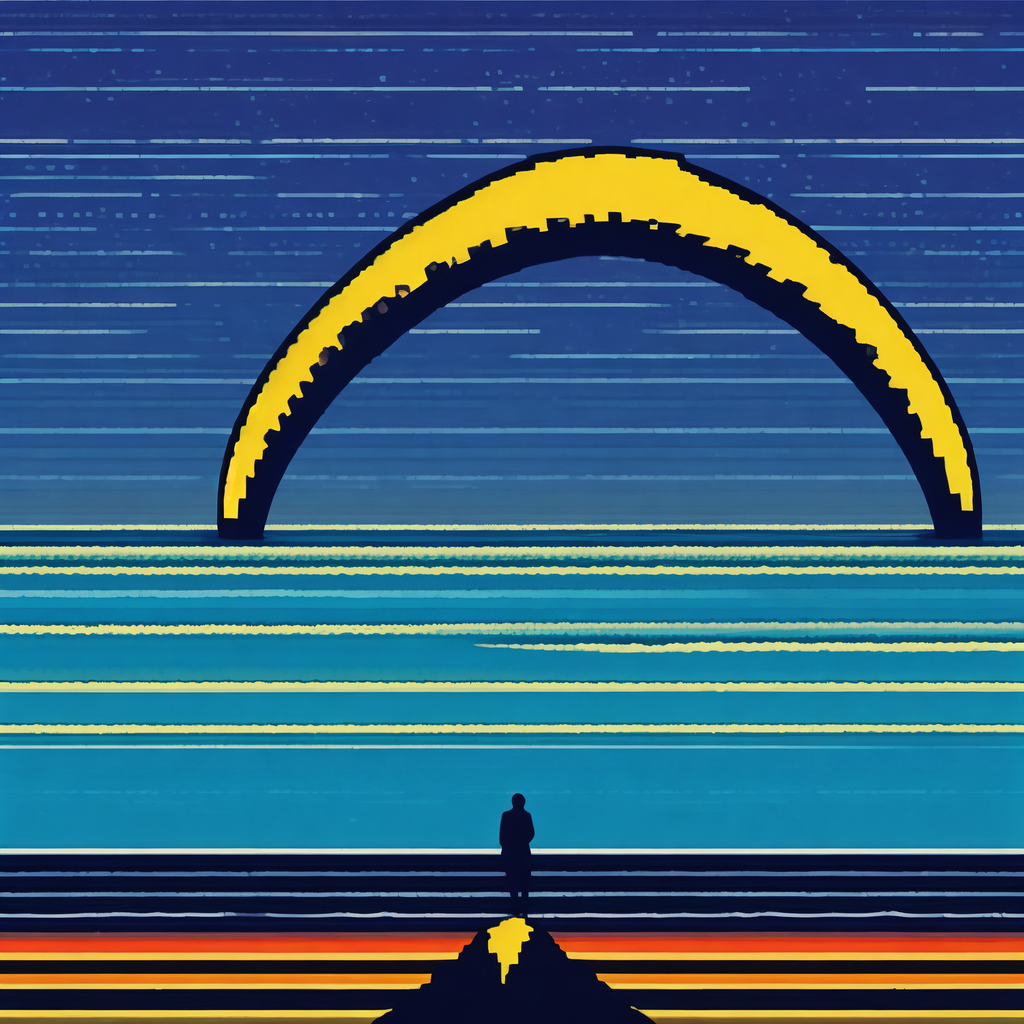Paper Reading - Bad Breakdowns, Useful Seams, and Face Slapping:Analysis of VR Fails on YouTube
Bad Breakdowns, Useful Seams, and Face Slapping: Analysis of VR Fails on YouTube
Author
Emily Dao, Andreea Muresan, Kasper Hornbæk, Jarrod Knibbe, CHI 2021
Keywords
Virtual Reality, VR Fails, VR Breakdowns
WHAT
Types of VR Fails
Causes of VR Fails
Impact on VR Design
WHY
Understand when breakdowns occur
Reveal how the seams between VR use and the social and physical setting emerge
HOW
Video searching
search item “VR fails”
Inclusion and Exclusion
Video Content Analysis
Coding scheme
Inter-rater reliability
Coding video with dimensions
Results
Fails definition
the point of greatest reaction by the audience
the moment of intersection between the player and their physical surrounds
Type of fails
Colliding
Hiting
Falling Over
Excessive Reaction
Covering
Other
Cause of fails
Fear
Sensori-motor Mismatch
Obstacles in the Real World
Crowd Participation
False Signifiers
Setup Failure
No Cause
Spectator Interaction
Laughing and screaming
Expressing empathy and concern
Active help and support
Discussion
Players treat the environment as a fully-supported real-world space
The existence of a social contract associated with VR-play
Fails are experienced only by the spectators
Future work
Design Implication
Preventing Collisions
Changing the Play Space
Changing the Game
New Interactions
- Enable ‘peek-through’ or ‘scaredy-cat’ mode
Spectator Engagement
- Increasing Spectator Awareness
Discussion
VR Outside the Lab
Avoiding Breakdowns
Designing from Fails
Limitations
